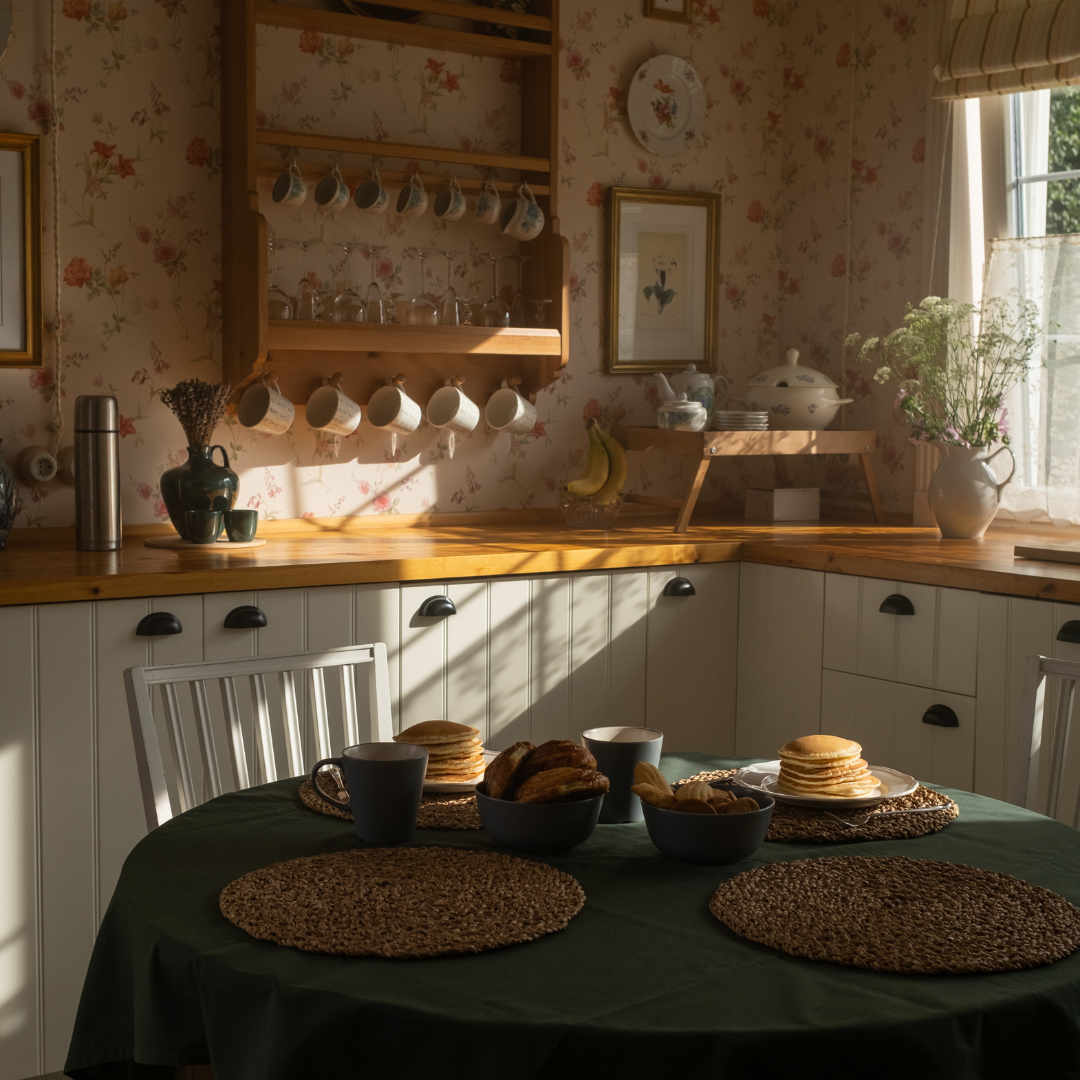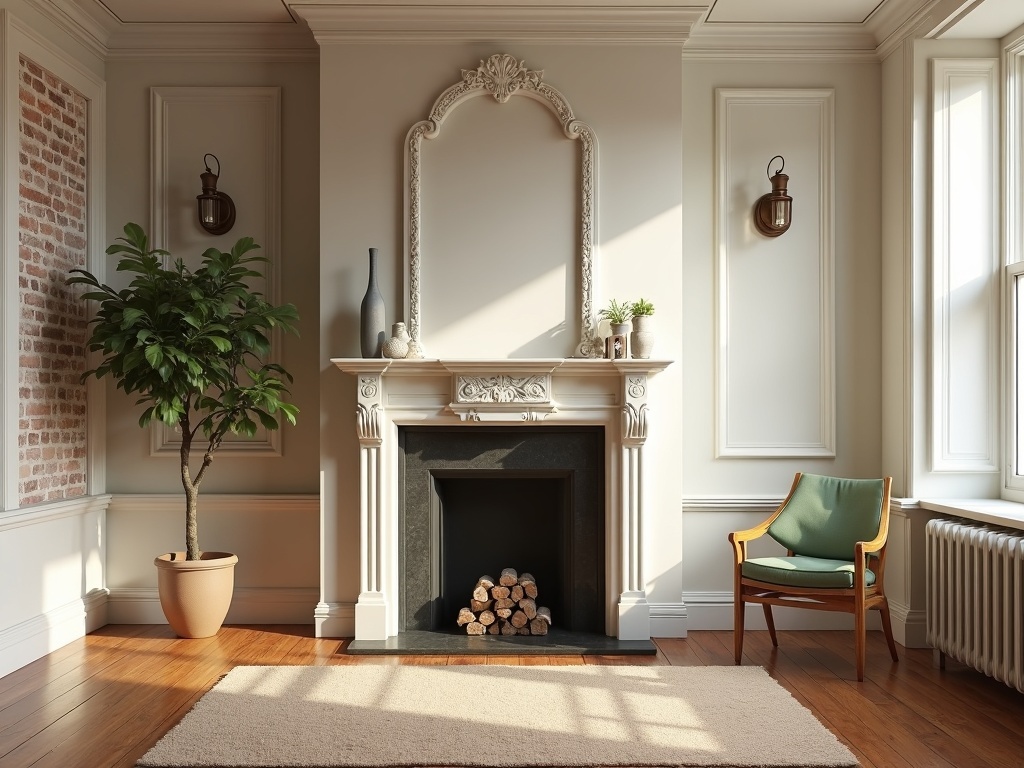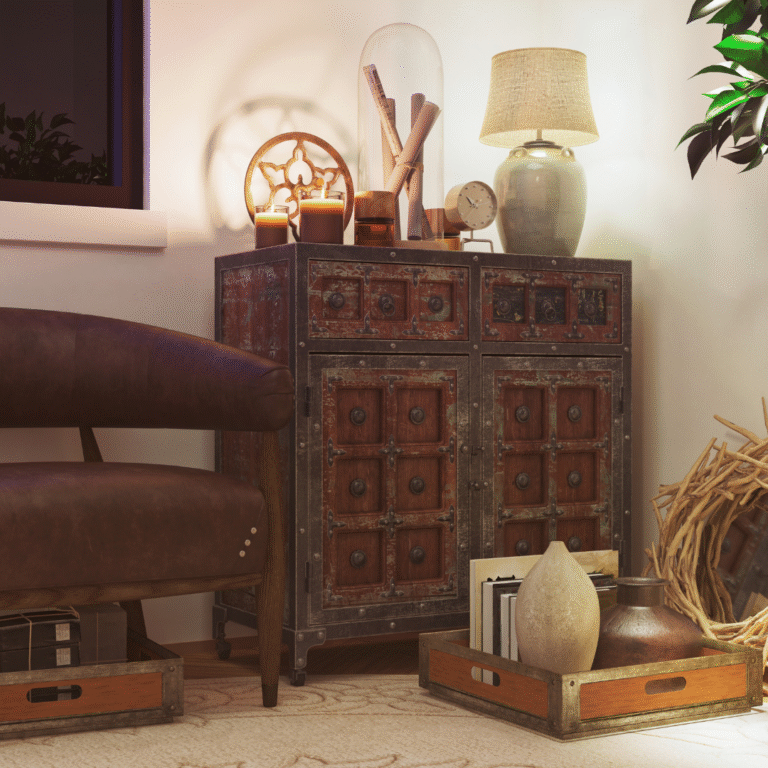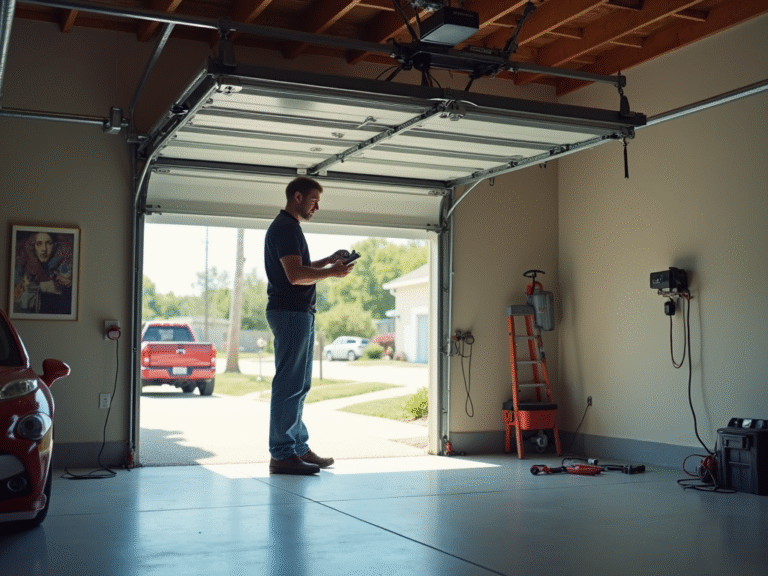Donec efficitur, ligula ut lacinia
viverra, lorem lacus.

How to Honour a Home’s History During Renovation
Renovating a home with historical significance presents a unique opportunity to preserve its character while adapting it for modern living. Honouring a home’s history during renovation involves researching its past, respecting original features, and thoughtfully incorporating contemporary updates. Homeowners can create a harmonious blend of old and new, ensuring that the essence of the property is maintained.
Taking the time to understand the architectural style and history of a home allows for informed decisions throughout the renovation process. From selecting appropriate materials to restoring original mouldings or fixtures, each choice can enhance the home’s narrative. Collaborating with professionals who specialise in historic preservation can also provide valuable insights and safeguarding measures.
The desire to modernise should coexist with a commitment to retain the elements that tell the home’s story. Thoughtful alterations can breathe new life into a space while still paying homage to its roots. Ultimately, a successful renovation will reflect both the homeowner’s vision and the historical significance of the property.
Understanding a Home’s Architectural Heritage
Appreciating a home’s architectural heritage involves recognising its unique features, tracing its historical significance, and situating it within a broader context. This understanding is vital for making informed decisions during renovation.
Identifying Historic Features
Historic homes often exhibit distinctive architectural elements that reflect their era. Common features include decorative cornices, period fireplaces, and original woodwork.
For example, a Victorian home may showcase intricate plasterwork, sash windows, and patterned tiles.
When identifying these elements, it is essential to assess their condition. Documenting details through photographs will be beneficial, especially if restoration is required.
Using a checklist can help homeowners recognise key features:
- Windows: Style and glazing
- Doors: Material and hardware
- Interior Details: Mouldings, bannisters
Recognising these features fosters appreciation for the home’s character.
Researching Previous Renovations
Investigating prior renovations provides insight into a home’s architectural history. Many historic homes in areas like West Yorkshire have undergone modifications, some sensitive to the original design and others less so.
Homeowners can access archival materials such as old blueprints, photographs, and building permits through local councils or historical societies in Bradford.
These documents outline previous changes and reveal the home’s evolution over time. For instance, if a kitchen was modernised in the 1980s, a homeowner may choose to maintain elements of that era or restore earlier styles.
Understanding these renovations ensures that new renovations complement rather than conflict with existing features.
Exploring Local and Regional History
Connecting a home to its local and regional history enriches the renovation process. Historical contexts often inform architectural styles.
For example, homes built in the 18th century in West Yorkshire may exhibit local materials and techniques consistent with the period.
Homeowners should explore resources such as local museums or heritage sites for insights into architectural movements. This exploration can reveal connections to broader historical narratives, enhancing the meaning of the home.
Engaging with local historians or participating in community heritage events can also provide valuable context. This knowledge aids in making renovation choices that honour the home’s legacy while meeting the needs of modern living.
 Planning Restoration to Respect the Past
Planning Restoration to Respect the Past
Renovating a home while honouring its history requires a careful approach. It involves understanding the original design elements and integrating modern needs without compromising the character of the property.
Balancing Preservation and Modern Needs
Successful restoration balances the home’s historical features with contemporary functionality. Homeowners should assess which original elements are essential to preserve, such as architectural details or materials that carry historical significance.
At the same time, renovating for modern comfort is crucial. This may include installing insulation that meets energy-efficiency standards. By selecting discreet modern interventions, such as double-glazed windows that resemble original designs, the home’s character can be maintained.
Local design teams can make those discreet interventions effective by tailoring solutions to the building’s original fabric and local planning requirements. Consulting a specialist architect wolverhampton (or another local area) can clarify options for sympathetic extensions, material choices and permitted-development rules. Early-stage advice often highlights where modern insulation, discreet double glazing or a carefully designed rear extension will deliver comfort gains without undermining historic character. Engaging with a practitioner who understands both conservation principles and contemporary building standards reduces the risk of costly reworks.
Choosing Restoration Techniques
Restoration techniques vary based on the home’s age and style. Homeowners should research traditional methods, such as lime mortars and plaster, which allow structures to breathe. These materials help prevent moisture-related issues, prolonging the life of the renovation.
Professional input can be invaluable in selecting appropriate techniques. Skilled craftsmen can replicate original details like mouldings or fixtures. Avoiding modern materials that clash with the home’s style is essential to maintain authenticity.
Moreover, partnering with Bespoke Home Builders, who specialize in period-accurate restorations, ensures that every element respects the home’s historical integrity. These professionals breathe new life into heritage homes while preserving their unique character, offering tailored solutions that reflect the client’s specific preferences.
Sourcing Authentic Materials
Using authentic materials during renovation enhances a home’s historical integrity. This includes sourcing reclaimed timber, bricks, or tiles that match the original structure. Local salvage yards or architectural reclamation companies often stock suitable options. Homeowners can reach out to professionals who cater to their specific needs and deliver customized products. For instance, when renovating the kitchen in a historic home, one should consider opting for custom cabinets san antonio or similar services elsewhere to provide products that complement the home’s historical character.
Homeowners should also consider the sustainability of sourced materials. Eco-friendly options not only honour history but also promote green building practices. This approach can lead to a renovation that respects the past while being mindful of the environment.
Integrating Historical Elements in Interior Design
A thoughtful approach to interior design can enhance a home’s historical character. By focusing on key areas like kitchens, living rooms, and bedrooms, one can retain the essence of the past while embracing modern functionality.
Restoring Period Kitchen and Pantry Spaces
Restoration of kitchen and pantry spaces is crucial for reflecting a home’s historical integrity. Retaining original features, such as timber beams or brickwork, reinforces authenticity.
Incorporating vintage cabinetry, which can be restored, adds charm. Opting for period-appropriate appliances that marry aesthetics with functionality maintains the character without sacrificing modern convenience.
Utilising traditional materials like stone or quarry tiles for the flooring can enhance the period feel. Accessories, such as antique glass jars and cookware, complete the look while offering practicality.
Honouring Original Living Rooms and Bedrooms
Living rooms and bedrooms often embody a home’s historical narrative. Maintaining original fireplaces, mouldings, and even wallpapers can create a seamless blend of old and new.
In living areas, selecting furniture that echoes the design era can reflect the home’s spirit. Upholstery in period-appropriate fabrics, such as brocade or velvet, can evoke the past while ensuring comfort.
Bedrooms could benefit from using period correct layouts, including built-in wardrobes or window seats. Decorative elements like artwork or heirloom textiles serve to tell stories of the home’s history.
Showcasing Unique Architectural Details
Attention to architectural details enhances the historical significance of any room. Features such as architraves, cornices, and window frames should be preserved or restored wherever possible.
Highlighting these details through careful lighting can create visual interest and draw attention to craftsmanship.
Integrating vintage or reproduction fixtures and fittings, such as door hardware or light fittings, ensures the design is cohesive. Choosing colours that complement the architectural style can also revive and honour a property’s unique heritage.
Blending Contemporary Functionality with Heritage
Renovating a historic home while maintaining its essence requires a thoughtful approach. Key to this process is integrating modern functionality without compromising the charm and character that define its history.
Modern Updates in Historic Baths and Shops
Updating bathrooms and shops within historic structures can enhance both aesthetics and practicality. For bathrooms, consider installing contemporary fixtures that offer efficiency while fitting the design. Options like wall-mounted sinks save space yet evoke a vintage feel.
In shops, integrating modern lighting can highlight the original architecture. LED lights can be introduced subtly to ensure they complement rather than overshadow heritage details. Retaining original features, such as wooden beams or brick walls, further accentuates the blend of old and new.
Incorporating Subtle Colour Schemes
When choosing colour schemes for a historic home, subtlety is crucial. Neutral tones like soft whites, greys, and beiges can preserve a timeless look, ensuring the home’s character remains intact. These hues allow space for more vibrant décor elements without overwhelming the historical features.
Accents in darker shades, such as black, can modernise a space while respecting its past. This could include painted furniture or decorative elements that provide contrast. The goal is to create harmony that reflects both the home’s history and contemporary tastes.
Adapting Historic Homes for Today’s Lifestyles
Historic homes often require adaptations to meet contemporary living standards. Open-plan layouts are popular, but care must be taken to maintain original partitions where possible. Retaining features like archways or doorframes can add character while improving flow.
Incorporating smart home technology offers convenience while being discreet. Wireless systems can be introduced without altering the fabric of the home. This ensures that the integrity of the building remains intact while providing modern necessities for today’s lifestyles.



